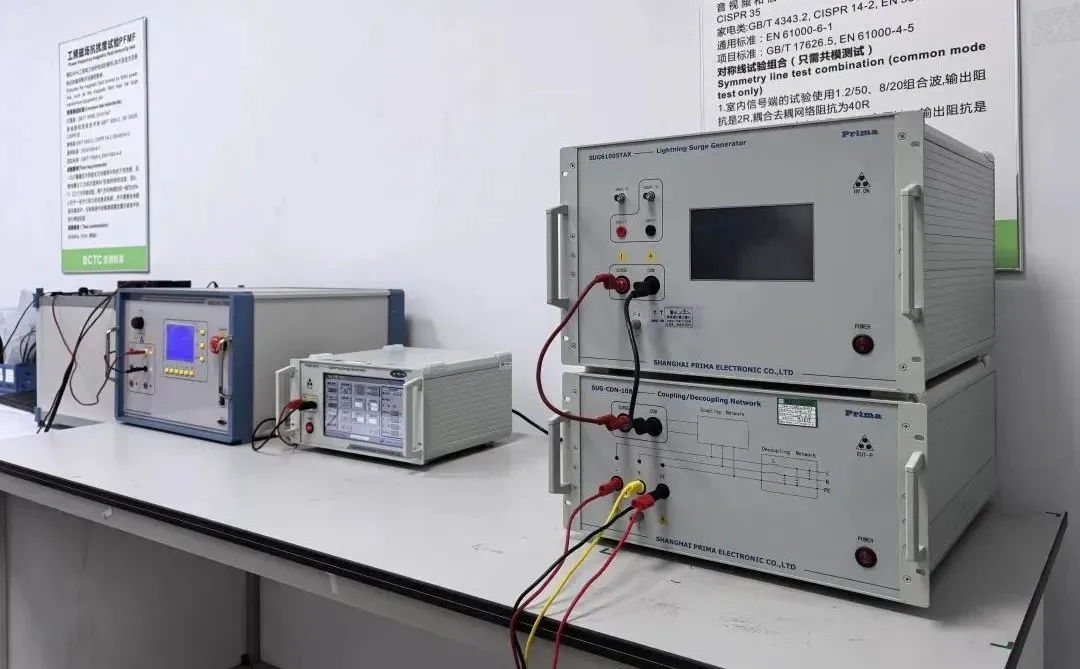
REACH Certification vs. Prop 65
reach certification and California Proposition 65 are regULations in the European Union and California, USA, respectively, that restrict hazardous substances. While there is significant overlap in the substances they cover, they differ in specific bans, limits, testing methods, labeling, and registration requirements.

CheMICal Testing and Product Scope
REACH
① Covers substances and products that may contain these substances.
② Importers and manufacturers must ensure products are safe for human health and the environment.
③ Even product types not fully regulated (e.g., cosmetics) may fall under REACH.
Typical product categories:watches, pet products, toys, food contact materials, electronics, equipment.
California Proposition 65
① Requires companies to warn California residents if products contain chemicals that cause birth defects, cancer, or other reproductive harm.
② Mainly covers products in homes or workplaces and chemicals released into the environment.
Typical product categories:apparel, electronics, jewelry, toys.
Substance Restrictions and Regulatory Content
REACH
Substances of Very High Concern (SVHC) Candidate List:
ECHA may classify substances as SVHC if they are:
1. Carcinogenic, mutagenic, or reproductive toxicants (CMR) category 1A/1B
2. Persistent, bioaccumulative, and toxic substances (PBT)
3. Substances that may affect the human endocrine system
① Examples: Melamine, Dicyclohexyl Phthalate, Cadmium Carbonate, Dibutyltin Dichloride (DBTC), Arsenic Acid
② If SVHC content in a product exceeds 0.1% by weight, suppliers must register in the SCIP database.
Annex XVII:
① Lists over 70 restricted or banned hazardous substances.
② Restrictions can include weight percentage limits or migration limits.
③ Example substances: Benzene, Mercury, Chloroform, Toluene, Methanol.
Annex XIV (Authorization List):
SVHC substances included in Annex XIV require authorization or exemption for use.
California Proposition 65
a. Lists approximately 900 chemicals that may cause cancer, reproductive harm, or birth defects.
b. Examples: Lead, Cadmium, Hexavalent Chromium, Arsenic, Nickel, BBP, Diethyl Phthalate.
c. Restriction forms use “safe harbor levels”:
① NSRL(No Significant Risk Level – for carcinogens)
② MADL(Maximum Allowable Dose Level – for reproductive toxicants)
Examples of Substance Restrictions
① Lead:REACH – Candidate List 0.1%, Annex XVII 0.05%; Prop 65 – NSRL 15 µg/day, MADL 0.5 µg/day
② Chromium:REACH – Candidate List 0.1%, Annex XVII 0.01%; Prop 65 – NSRL (inhalation) 0.05 µg/day, MADL (oral) 4.1 µg/day
③ Hexavalent Chromium (Cr VI):REACH – Annex XVII, leather 0.0003%; Prop 65 – NSRL 0.001 µg/day, MADL 8.2 µg/day
④ Arsenic:REACH – Annex XVII banned; Prop 65 – NSRL 10 µg/day, inhalation 0.06 µg/day
⑤ Nickel:REACH – Annex XVII, migration limit; Prop 65 – NSRL 0.4 µg/day
⑥ BBP:REACH – Candidate List 0.1%, Annex XVII plastic 0.1%; Prop 65 – MADL (oral) 1200 µg/day
⑦ DEHP:REACH – Candidate List 0.1%, Annex XVII plastic 0.1%; Prop 65 – NSRL 310 µg/day, MADL varies by route and population
⑧ DBP:REACH – Candidate List 0.1%, Annex XVII plastic 0.1%; Prop 65 – MADL 8.7 µg/day
Labeling Requirements
REACH & CLP
① Substances requiring registration under REACH Article 10 must be labeled as hazardous.
② Labels must comply with CLP regulations.
California Proposition 65
a. Warning labels are requiRED if products may expose users to listed chemicals.
b. Label content should include:
① Triangular warning symbol (exclamation mark)
② Bold, uppercase “WARNING”
③ Warning statement
④ Relevant chemical names
⑤ Official website:http://www.P65Warnings.ca.gov
Exemptions (Proposition 65)
① Businesses with fewer than 10 employees
② Government agencies
Email:hello@jjrlab.com
Write your message here and send it to us
 WEEE Registration for Waste Electrical &Electr
WEEE Registration for Waste Electrical &Electr
 MSDS Chemical Safety Testing
MSDS Chemical Safety Testing
 What Are the Differences Between UK REACH and EU R
What Are the Differences Between UK REACH and EU R
 E-Cigarette GB 41700 Compliance Testing
E-Cigarette GB 41700 Compliance Testing
 What Are the Testing Items of California Propositi
What Are the Testing Items of California Propositi
 E-Cigarette EU TPD Testing
E-Cigarette EU TPD Testing
 Testing Certification for E-cigarettes Exported to
Testing Certification for E-cigarettes Exported to
 What is Amazon US CPC Certification?
What is Amazon US CPC Certification?
Leave us a message
24-hour online customer service at any time to respond, so that you worry!




